How Laughter Improves Your Health
Laughter can encourage blood flow, heighten your immunity, increase your intellectual performance, and even improve your quality of sleep.

When you think fitness, what comes to mind? Toned muscles, flat abs, strong and trendy fitness influencers? Chances are that your mind doesn’t think of progressive muscle weakness, but that’s exactly what former fitness industry leader Augie Nieto experienced when he was diagnosed with the crippling disease ALS (Amyotrophic Lateral Sclerosis), otherwise referred to as Lou Gehrig’s disease.
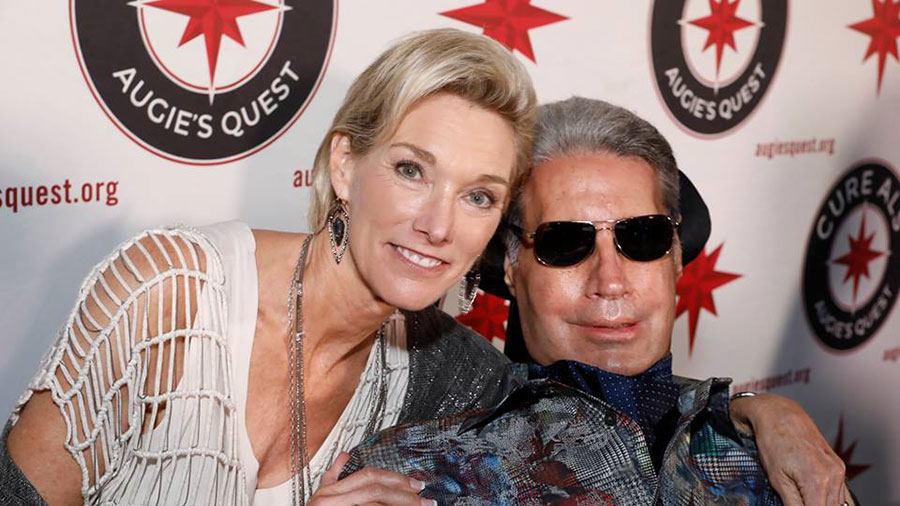
Photographed: Lynne and Augie

Photographed: Matt Bellina and Team
But what is ALS and who does ALS affect?
“ALS is a disorder that affects the function of nerves and muscles”1. One of the mysterious things about this disease is that researchers don’t yet know what causes it, but they do have some insight on those most heavily afflicted by the disease.
Per the ALS Association, Massachusetts Chapter –
Most people who develop ALS are between the ages of 40 and 70, with an average age of 55 at the time of diagnosis. However, cases of the disease do occur in persons in their twenties and thirties. Generally, ALS occurs in greater percentages as men and women grow older. ALS is 20% more common in men than in women. However, with increasing age, the incidence of ALS is more equal between men and women.2
While an exact cause has not yet been discovered, “it is known […] that military veterans, particularly those deployed during the Gulf War, are approximately twice as likely to develop ALS.”3
One fortunate thing about this disease is that it is not contagious. However, that doesn’t help ease the minds of friends and families whose loved ones struggle with this deliberating condition.
Fifteen new cases are recorded each day4, estimating that as many as 20,000 Americans have the disease at any given time. The onset of ALS symptoms can be as common as muscle weakness or stiffness. Once the disease progresses, however, “vital functions such as speech, swallowing and later breathing”5 are lost.
There is currently no cure for ALS.
In 1995, the FDA approved a drug known as Riluzole. This drug has scientifically shown “to prolong the life of persons with ALS by at least a few months.”6
Each year, LA Fitness partners with Augie’s Quest, founded by Life Fitness leader, Augie Nieto. His foundation raises money to help fund ALS research. It’s his mission to one day find a cure for this horrible disease.
If you would like to learn more about how you can donate, please visit www.lafitnesscares.com.
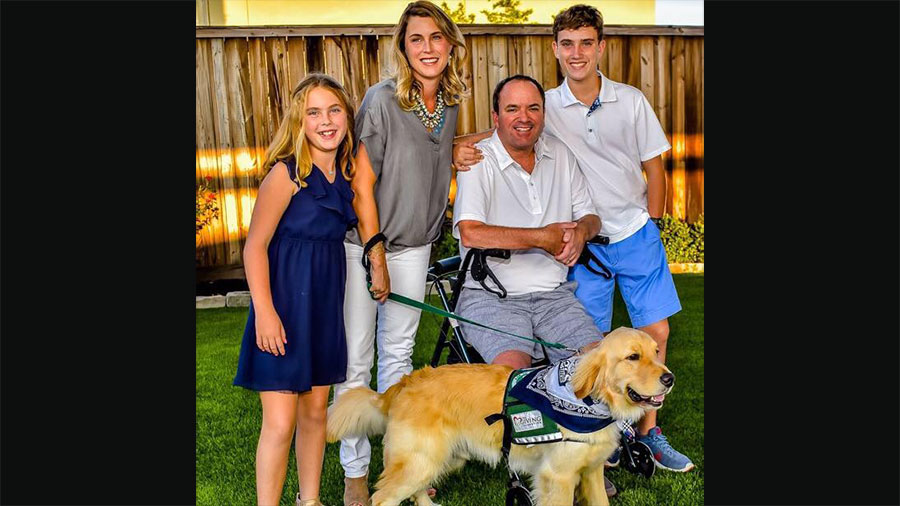
Photographed: Collin Hadley and family

Photographed: Andrea Lytle Peet

Sources:
Laughter can encourage blood flow, heighten your immunity, increase your intellectual performance, and even improve your quality of sleep.
Good health starts with good hygiene practices. These 10 common items you encounter in your day-to-day are covered with germs.
For International Women’s Day, we’d like to contribute to the day’s spotlight on women by discussing an important piece of women’s health: mental health.

Ah, love. Is there anything more freeing than the feeling of being completely, utterly, and hopelessly in love? When suddenly, the world seems calmer, colors seem brighter, and you just can’t hide the smile that stays stuck to your face. True love is pretty wonderful because it makes us the best version of ourselves – and often, the best version of ourselves makes others want to be the best version of themselves. It’s an ooey-gooey cheesy feeling that is truly amazing.
Reflecting upon how good love makes us feel inside, we reached out to American Heart Association volunteer John A. Osborne, MD, PhD, the director of Preventive Cardiology at State of The Heart Cardiology in Dallas, TX to understand if these feel-good feelings actually affect the heart.
Dr. Osborne, is this true, does love really have an effect on the heart?
Absolutely! As anyone who has ever been in love (or read about it) knows! It not only makes one’s heart “pitter-patter” and makes us feel wondrous, it may actually be good for your heart health! When you are in love (and feel loved), one’s blood pressure responds to that peace and calm and may translate to lower blood pressure. High Blood Pressure is the most common form of cardiovascular disease and affects about one-half of US adults. If this “silent killer” is not identified, treated, and controlled, it could take between 5 to 7 years off the average lifespan! In fact, those who are married or in long -term supportive relationships live longer and have better recoveries if they do encounter heart problems. Patients who have a good social support system had better recoveries and survival rates after bypass surgery than those who did not. This survival benefit also extends to our four-legged friends as well! Don’t forget about them on Valentine’s Day either!

What about the opposite – can you really die of a broken heart?
The short answer is yes! Only in the 1980s was this described in the medical literature, although for centuries that concept of “dying from a broken heart” has been well described in literature, operas, plays, and, most recently, movies! It is called “Takotsubo Cardiomyopathy” and is more common in women and looks like a typical heart attack, but in this case, there are no blockages in the blood vessels unlike how the vast majority of heart attacks occur. It is felt that a sudden, massive release of catecholamines (the stress hormones such as epinephrine, norepinephrine, and other stress hormones) can cause severe vasoconstriction of the blood vessels to the heart and cause a heart attack, heart damage, heart failure, and even sudden death! Fortunately, if diagnosed properly and with appropriate medical care, the damage can be prevented, and our heart can heal itself with time and medications.

What are some ways you can make your heart feel happier and stronger?
A good diet (the Mediterranean Diet was voted, yet again, the best overall diet in 2019) and regular exercise along with a no tobacco lifestyle are the foundations for excellent cardiovascular and all-around health. A small amount of dark chocolate – with its blood pressure lowering anti-oxidants, flavonols, and catechins, and best of all shared with your loved one(s) – can’t hurt! The AHA has a great app to help with this called “My Cardiac Coach” that is available for your smartphone and large number of resources on the web at www.heart.org.

Responses above provided by American Heart Association volunteer, John A. Osborne, MD, Ph.D., the director of Preventive Cardiology at State of The Heart Cardiology in Dallas, TX.
Laughter can encourage blood flow, heighten your immunity, increase your intellectual performance, and even improve your quality of sleep.
Good health starts with good hygiene practices. These 10 common items you encounter in your day-to-day are covered with germs.
For International Women’s Day, we’d like to contribute to the day’s spotlight on women by discussing an important piece of women’s health: mental health.
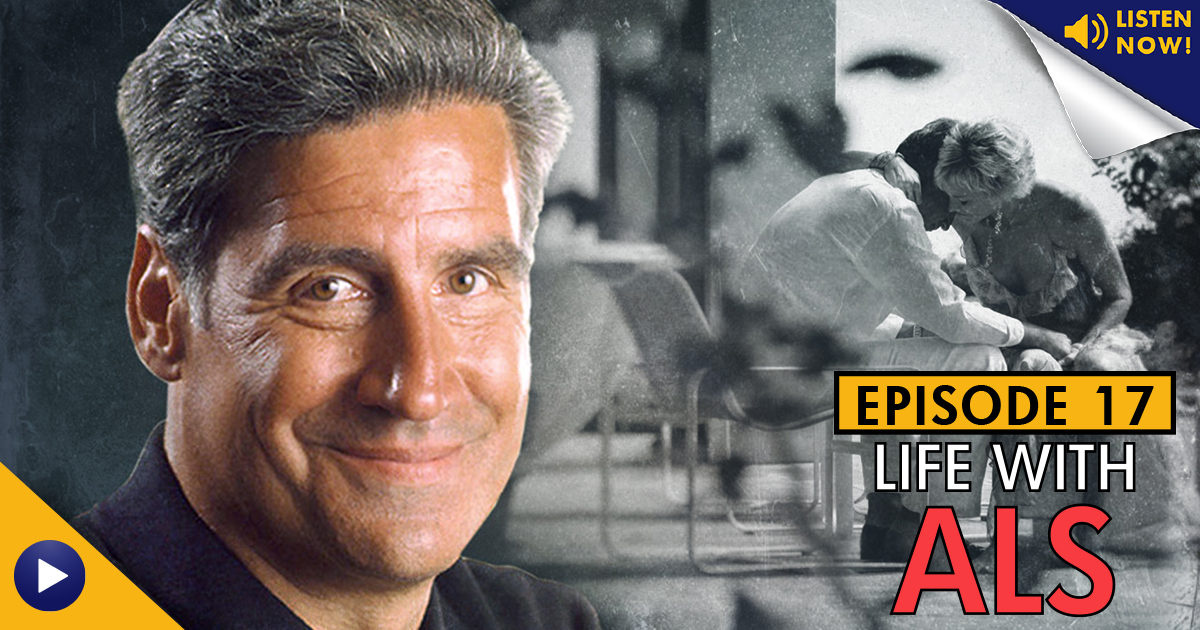
Welcome to the 17th episode of the Living Healthy Podcast, presented by LA Fitness.
On this episode of Living Healthy, we speak with Lynne Nieto, wife of Augie Nieto, and co-founder of Augie’s Quest. Their mission is to find a cure for ALS. Lynne educates us on what ALS is, who it affects, and how you can help find a cure for this debilitating disease.
Text AUGIE to 44-321 to help show your support for this great cause.
How Are We Doing?
This podcast should not replace any exercise program or restrictions, any dietary supplements or restrictions, or any other medical recommendations from your primary care physician. Before starting any exercise program or diet, make sure it is approved by your doctor.
Introduction
0:01
Lynne Nieto, of Augie’s Quest, Joins the Show
Begins at 1:12
What is ALS?
Begins at 1:28
Who Does ALS Affect?
Begins at 2:22
Who is Augie Nieto? What is Augie’s Quest?
Begins at 3:45
Augie and the Fitness Industry
Begins 4:33
Life Before the Diagnosis vs. After the Diagnosis
Begins at 5:44
About the ALS Therapy Development Institute
Begins at 6:17
How Does ALS Affect People Differently?
Begins at 7:05
How Does ALS Affect Families?
Begins at 8:37
The AT-1501 Drug
Begins at 10:32
How Does Humor Help?
Begins at 11:32
Intimacy and ALS
Begins at 13:11
How You Can Get Involved
Begins at 14:10
Actionable Advice
Begins at 14:43
Outro
Begins at 15:53
Laughter can encourage blood flow, heighten your immunity, increase your intellectual performance, and even improve your quality of sleep.
Good health starts with good hygiene practices. These 10 common items you encounter in your day-to-day are covered with germs.
For International Women’s Day, we’d like to contribute to the day’s spotlight on women by discussing an important piece of women’s health: mental health.
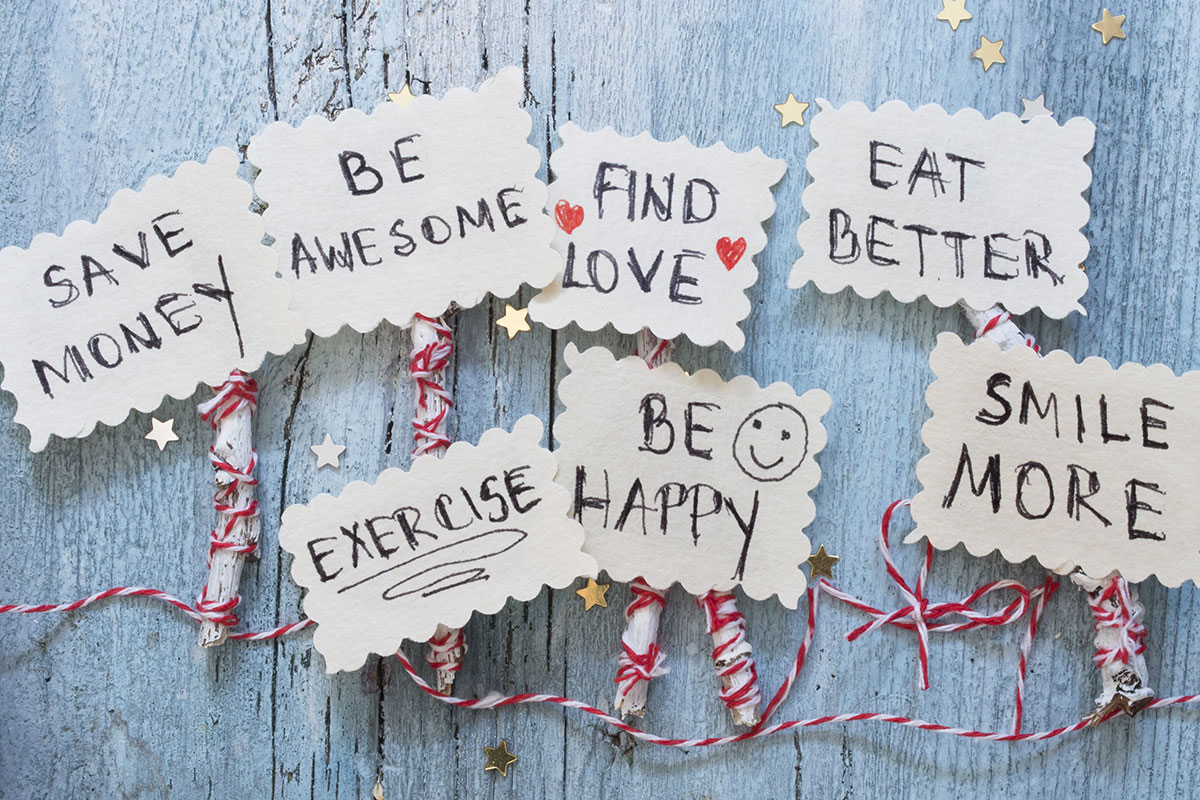

JANUARY
Make a plan – You’re more likely to get things done if you know how, when, and where you’ll do them. Just saying you’ll do something isn’t enough. Identify the days, times and location of the activity. Make a contingency plan for when you’re short on time or money.

FEBRUARY
Go back to basics – Rely on the tried-and-true changes that make for success. Use what’s worked in the past rather than reinventing the wheel. Ask experts and professionals for their advice and read up on how most people accomplished the same goal.
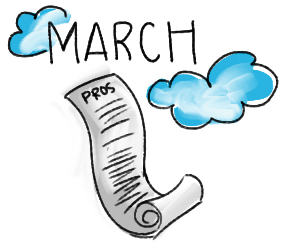
MARCH
Make a list – Write out all the benefits to accomplishing your goal. Focus on the “pros” instead of the “cons.” Use these to push you when you don’t feel up to the task. Knowing what you’ll get out of it helps draw you to action.
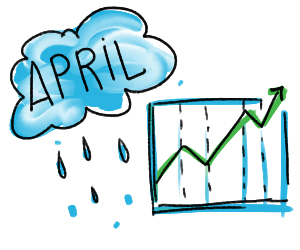
APRIL
Track your progress – Log, chart or graph to keep the quantitative (intake, reps, weight, etc.) measures of your journey visual. Reference it daily as motivation and a reminder of your achievements. Remember that most advancements aren’t linear, so look at overall progress.

MAY
Get happy – Focus on the positive by identifying a small accomplishment each day. Believing in yourself may be the most important factor to success.* Recognizing small feats can give you the drive to accomplish larger ones.

JUNE
Recommit yourself – Pick yourself back up after a fall. Not everything goes according to plan (sigh). Having the resilience to get back to routine after a misstep is more important than not making any mistakes to begin with.

JULY
Avoid temptations – Be sure you’re not in a situation that could lead you astray. Ahem, not next to the buffet or on a comfy sofa. Choose environments in line with your goals so you can avoid the “Should I or shouldn’t I?” internal battle.

AUGUST
Reward yourself – When you hit a milestone, celebrate! (But not with something that will lead you to go in reverse ?) Give yourself a pat on the back and something tangible, too. Perhaps make smaller weekly goals for a small pay-out, such as a magazine or video game.

SEPTEMBER
Reflect on your journey – How great did it feel to overcome the last challenge? Look at how far you’ve improved since starting. Like autumn, you are in a season of change that doesn’t happen all at once. Enjoy each step along your path.

OCTOBER
Call on friends for support – There is truly strength in numbers! Enlist a workout buddy or lunch pal to keep you on track. Even the verbal support of those close to you who aren’t physically nearby can lift you up and spur you to continue onward.

NOVEMBER
Try something new – Now is the time to break up your routine and keep things interesting. Let your curiosity get the better of you. Attempt a new class, sample a different product, taste a new cuisine or give an innovative method a shot, providing it’s in line with your goals.

DECEMBER
Remember why you started – Bring those reasons to the forefront of your priorities. Think of this month as the last sprint to the finish line! If you’re behind don’t throw in the towel but double-down on your efforts to surge ahead.
Resource:
Laughter can encourage blood flow, heighten your immunity, increase your intellectual performance, and even improve your quality of sleep.
Good health starts with good hygiene practices. These 10 common items you encounter in your day-to-day are covered with germs.
For International Women’s Day, we’d like to contribute to the day’s spotlight on women by discussing an important piece of women’s health: mental health.

We are in the midst of cold and flu season. Have you taken the precautionary measures to avoid headaches and runny noses looming in every office building, school classroom and store this season?
We spoke with Chris McGilmer, MD, a sports and family medicine specialist at the Kaiser Permanente North Hollywood Medical Offices, who gave his expert advice on how to best protect the immune system this season and whether or not it’s okay to work out when sick.
This is what he shared:

Exercise, along with other healthy habits, can help strengthen our immune system. A healthy immune system protects us from infection and disease, including the viruses that cause colds and flu.
Some research has found that people who exercise regularly are less prone to illness because they have a better immune system response. Plus, exercise can help us manage stress and reduce the release of stress-related hormones. This is important because stress can be detrimental to our immune function. Other studies have found that exercise can help flush bacteria out of the lungs and airways – thus reducing our risk of respiratory illness – and that exercise can boost our number of infection-fighting white blood cells.

Exercise is recommended as long as your illness is mild and feel well enough to work out. For example, most people who have a common cold or mild upper respiratory symptoms, like a stuffed or runny nose, are generally able to work out. You’ll very likely have to lower the intensity and you’ll definitely need to monitor your heart rate and breathing. Certain decongestants and cold medications can increase the heart rate. Although some individuals with asthma and other chronic respiratory health conditions can exercise without any issues, it’s best that they reach out to their doctor to see if they can continue being physically active while they are sick.
Please keep in mind that overexertion can make you feel worse and slow down your recovery.

If you’re experiencing a fever of 101.5 degrees or more, body aches, congestion, gastrointestinal issues, or feeling weakness, please wait a few days before working out. Also, drink plenty of fluids while you’re recovering to avoid dehydration both while you’re sick and when you return to your fitness regimen.
Typically, it’s okay to return to your exercise routine 48 hours after a fever has broken or diarrhea or vomiting has stopped. Your best gauge is your overall well-being. If you feel good, great. If your body is telling you to take another day off, listen to it!

No. Sweating methods, such as a sauna or steam room, inhaling warm steam and exercise can provide temporary relief by relieving nasal congestion and loosening up mucus, but they will not shorten your recovery time. It normally takes seven to 10 days to fully recover from a common cold. If you choose to incorporate a “sweat out method” as part of your treatment plan, drink plenty of fluids and be on the lookout for possible signs of dehydration. When you sweat, you not only release water; you also release electrolytes.
Content contributed by Chris McGilmer, MD, a sports and family medicine specialist at the Kaiser Permanente North Hollywood Medical Offices.
Laughter can encourage blood flow, heighten your immunity, increase your intellectual performance, and even improve your quality of sleep.
Good health starts with good hygiene practices. These 10 common items you encounter in your day-to-day are covered with germs.
For International Women’s Day, we’d like to contribute to the day’s spotlight on women by discussing an important piece of women’s health: mental health.
Be the first to know about exclusive
content, deals and promotions